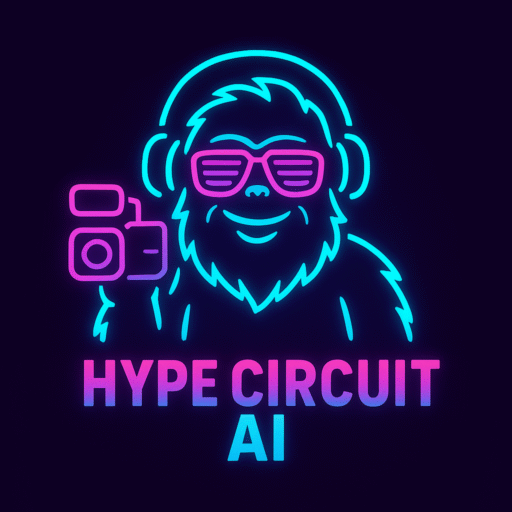

AI retail optimization uses artificial intelligence to enhance various facets of retail operations by automating decision-making and improving overall efficiency. This includes optimizing inventory management, where AI predicts demand patterns and adjusts stock levels to reduce overstock and stockouts.
It also refines pricing strategies through dynamic pricing models that consider factors like competitor prices, demand shifts, and customer behavior in real-time. In marketing, AI personalizes promotions and product recommendations, targeting individual customers based on their preferences and purchase history.
AI-driven marketing analytics is the use of artificial intelligence (machine learning, natural language processing, predictive modeling, etc.) to analyze customer data, predict behaviors, and optimize marketing strategies. Instead of relying only on traditional dashboards and reports, AI actively uncovers patterns, generates insights, and recommends (or even automates) next best actions.
Here’s a breakdown for you:
🔑 Core Capabilities of AI-Driven Marketing Analytics
Customer Insights
Segmentation: AI clusters customers by behavior, demographics, or purchase intent.
Sentiment Analysis: NLP reads customer reviews, comments, and social posts.
Lifetime Value Prediction: Forecasting which customers are most valuable.
Campaign Optimization
Predictive Analytics: Forecast campaign outcomes before launch.
Attribution Modeling: Identify which channels drive conversions.
Dynamic Personalization: Tailor messages, offers, or ads in real time.
Content & Messaging Intelligence
AI can test subject lines, ad creatives, or video thumbnails at scale.
NLP models analyze engagement data to suggest tone, style, or formats.
Sales & Revenue Impact
Churn prediction → targeted retention strategies.
Pricing optimization → dynamic discounts/offers.
Cross-sell & upsell recommendations.
Automation & Real-Time Action
Auto-adjusting ad bids.
Sending messages at optimal times per individual customer.
Generative AI for content (copy, creatives, reports).
📊 Example Use Cases
E-commerce: Predicting what a shopper will buy next and sending personalized offers.
Social Media: Using AI to spot viral trends before competitors.
Email Marketing: Automating A/B testing with AI choosing the best-performing variation.
Advertising: Real-time bidding optimization to reduce cost-per-click (CPC).
Customer Support/CRM: AI spotting issues from tickets or chats and feeding insights back into marketing.

⚙️ Common AI Tools in Marketing Analytics
Predictive & ML Platforms: Google Cloud AI, AWS SageMaker, Azure ML.
Marketing AI Suites: HubSpot AI, Salesforce Einstein, Adobe Sensei.
Specialized Tools: Hootsuite Insights (social), Persado (copy optimization), Optimizely (testing), Jasper (content).
🚀 Benefits
Faster insights with less manual data crunching.
Hyper-personalization at scale.
Higher ROI from campaigns (reduced waste).
Better customer experience & retention.
When our power of choice is untrammeled and when nothing prevents us from being able to do what we like best, every pleasure is to be welcomed and every pain avoided. But in certain circumstances and owing to the claims of duty .





